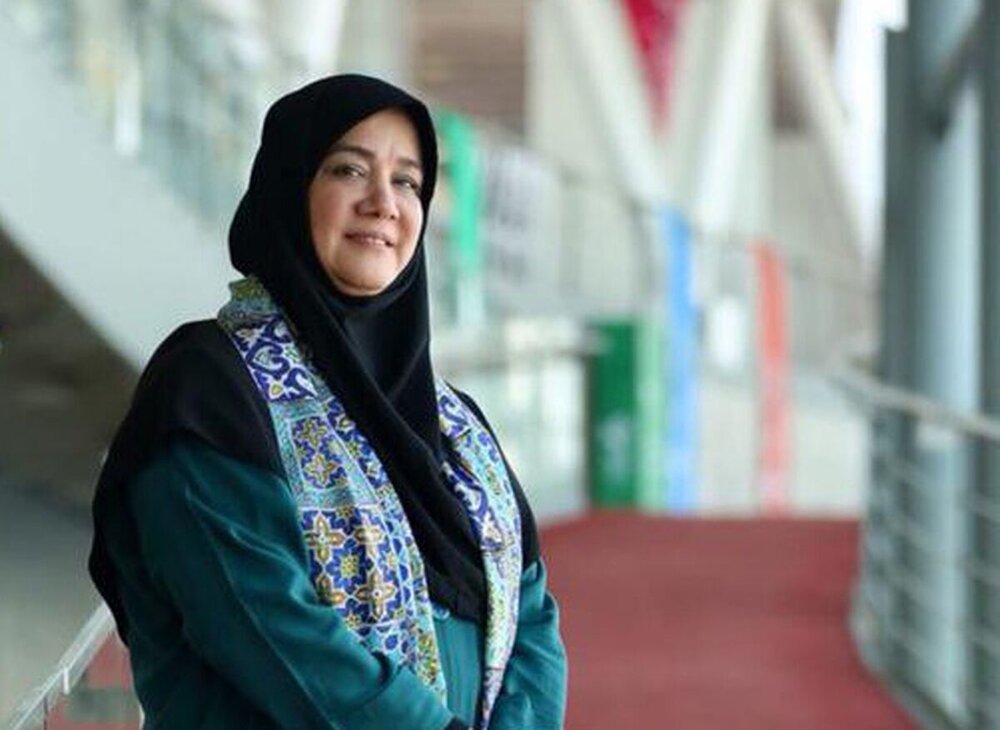Tourism minister appoints new deputy for handicrafts

TEHRAN – Iranian Minister of Cultural Heritage, Tourism, and Handicrafts Ezzatollah Zarghami appointed a new deputy for handicrafts on June 1.
Maryam Jalali Dehkordi, who is expected to oversee the handicraft sector of the ancient country, previously served as the director of Tehran’s Niavaran Cultural-Historical Complex, which comprises several landmark buildings, museums, and monuments constructed in the 19th and 20th centuries during the Pahlavi and late Qajar eras.
Jalali Dehkordi replaced Pouya Mahmoudian who took the helm in April 2018. In addition, Zarghami selected Mahmoudian as his senior advisor on crafts-related issues.
With 14 entries, Iran ranks first globally for the number of cities and villages registered by the World Crafts Council, as China with seven entries, Chile with four, and India with three ones come next. For instance, Shiraz is named a “world city of [diverse] handicrafts”, Malayer is a global hub for woodcarving and carved-wood furniture, while Zanjan has gained the title of a “world city of filigree”.
In addition, the ancient city of Shiraz has been chosen to host the 39th General Assembly of the World Crafts Council-Asia Pacific Region (WCC-APR) in May 2023. Shiraz has a remarkable amount of handicraft pioneers. With an average age of 70, some of these pioneers are still active at their workshops. The occupational records of about 100 pioneers are collected and are annually praised by the custodians of the WCC General Office.
Available data compiled by the Ministry of Cultural Heritage, Tourism, and Handicrafts suggests the value of Iran’s handicrafts exports stood at $120 million during the first eleven months of the past Iranian calendar year 1399 (March 20, 2020 – February 18, 2021), Mehr reported. The country’s handicrafts exports slumped during the mentioned months in comparison to the same period last a year earlier due to the damage the coronavirus pandemic has inflicted on global trade.
The Islamic Republic exported $427 million worth of handicrafts during the first eleven months of the calendar year 1398. Of the figure, some $190 million was earned via suitcase trade (allowed for customs-free and tax-free transfer) through 20 provinces, according to data compiled by the Ministry of Cultural Heritage, Tourism and Handicrafts. Ceramics, pottery vessels, handwoven cloths as well as personal ornamentations with precious and semi-precious gemstones are traditionally exported to Iraq, Afghanistan, Germany, the U.S., the UK, and other countries.
AFM
